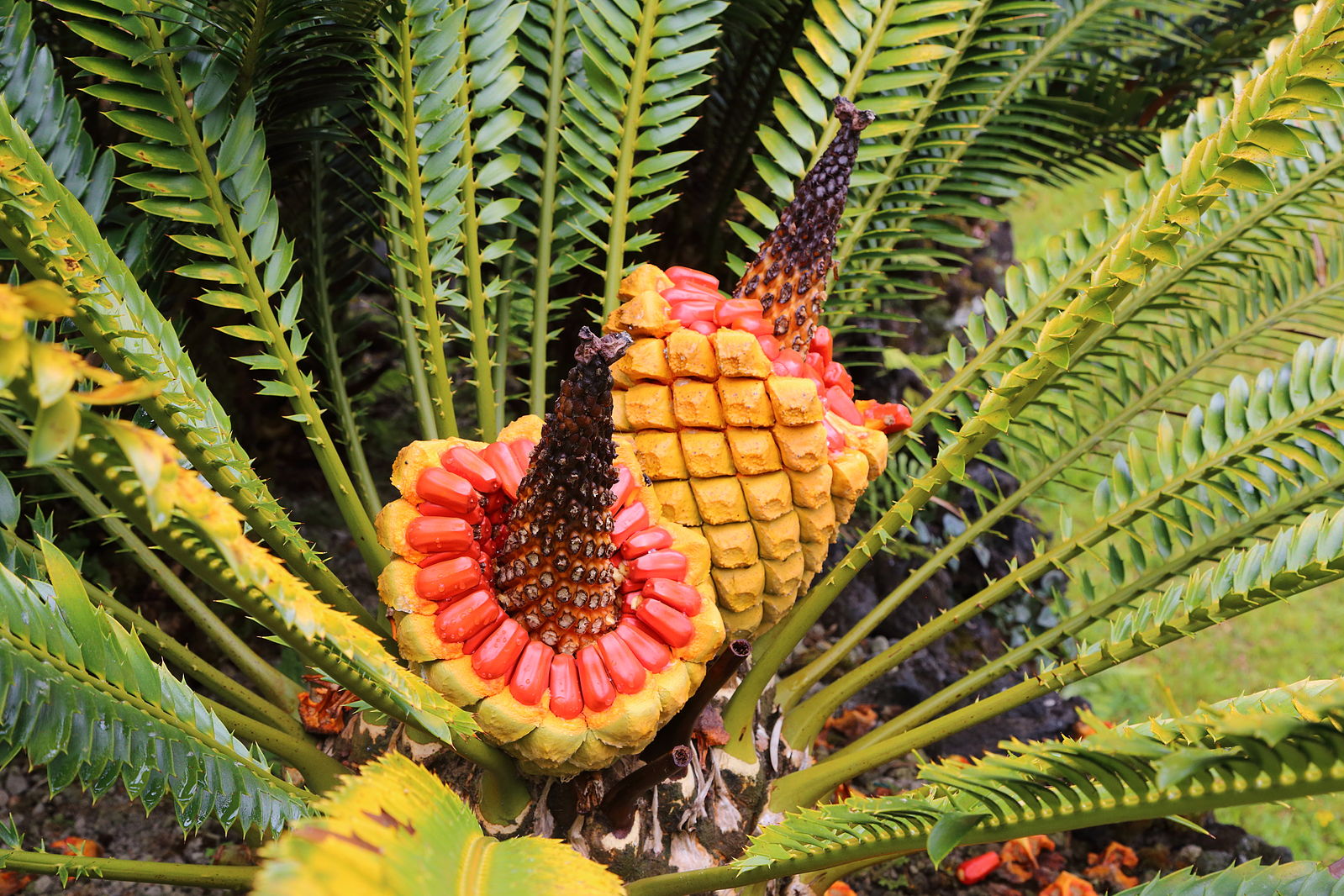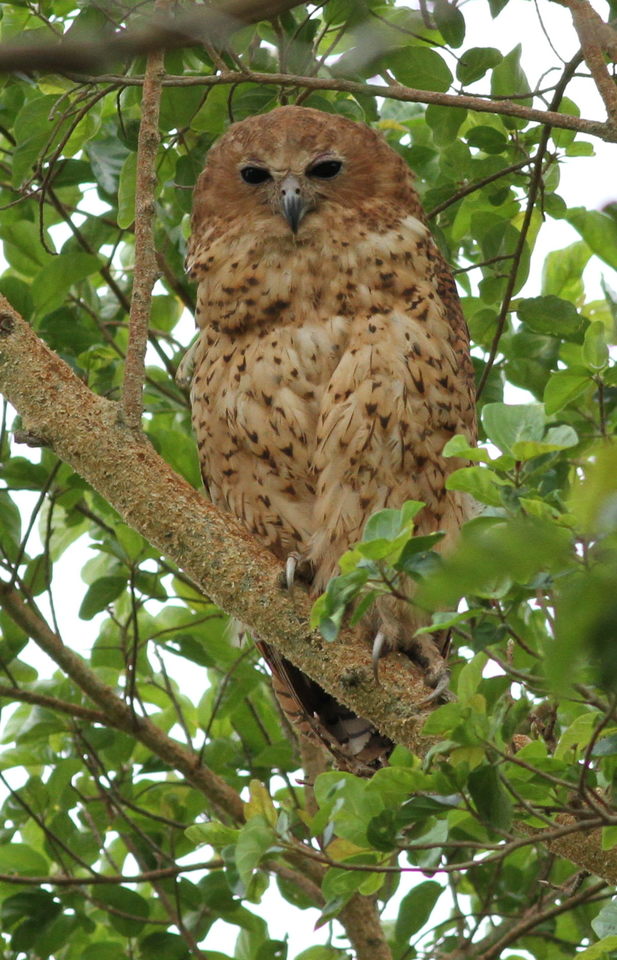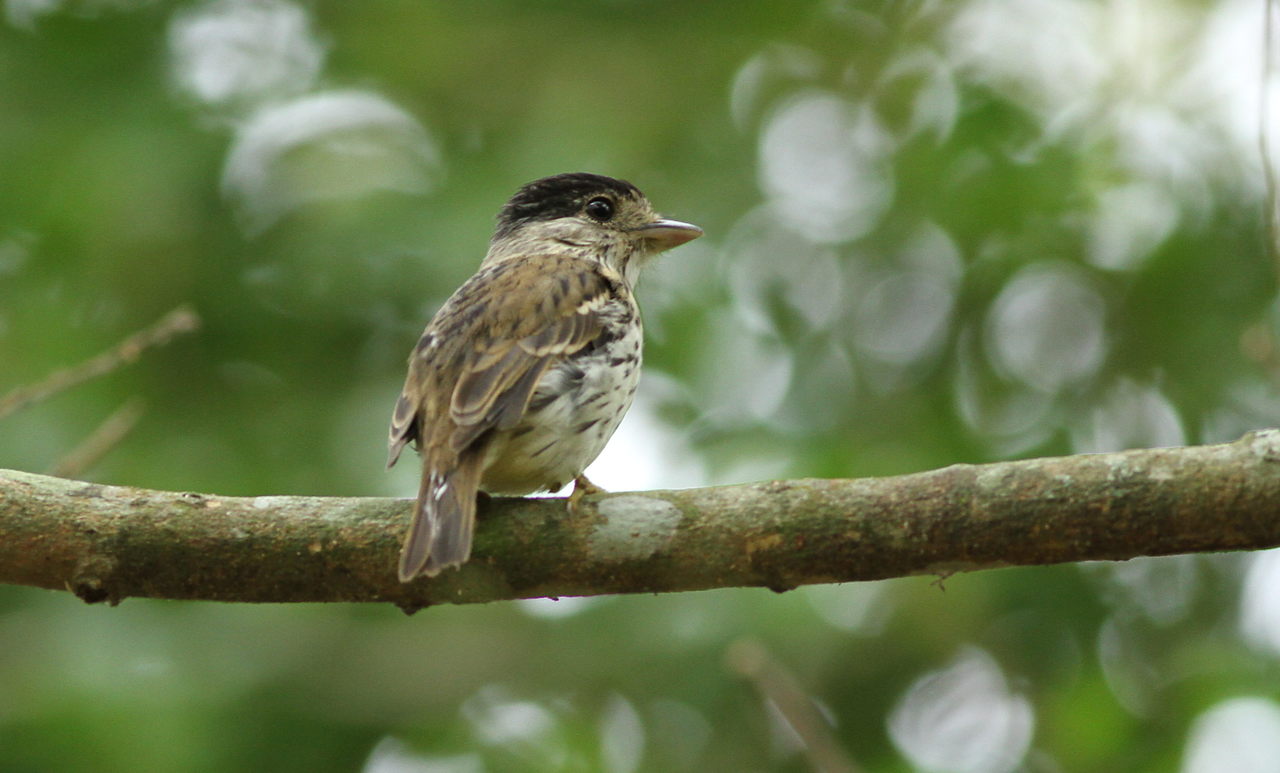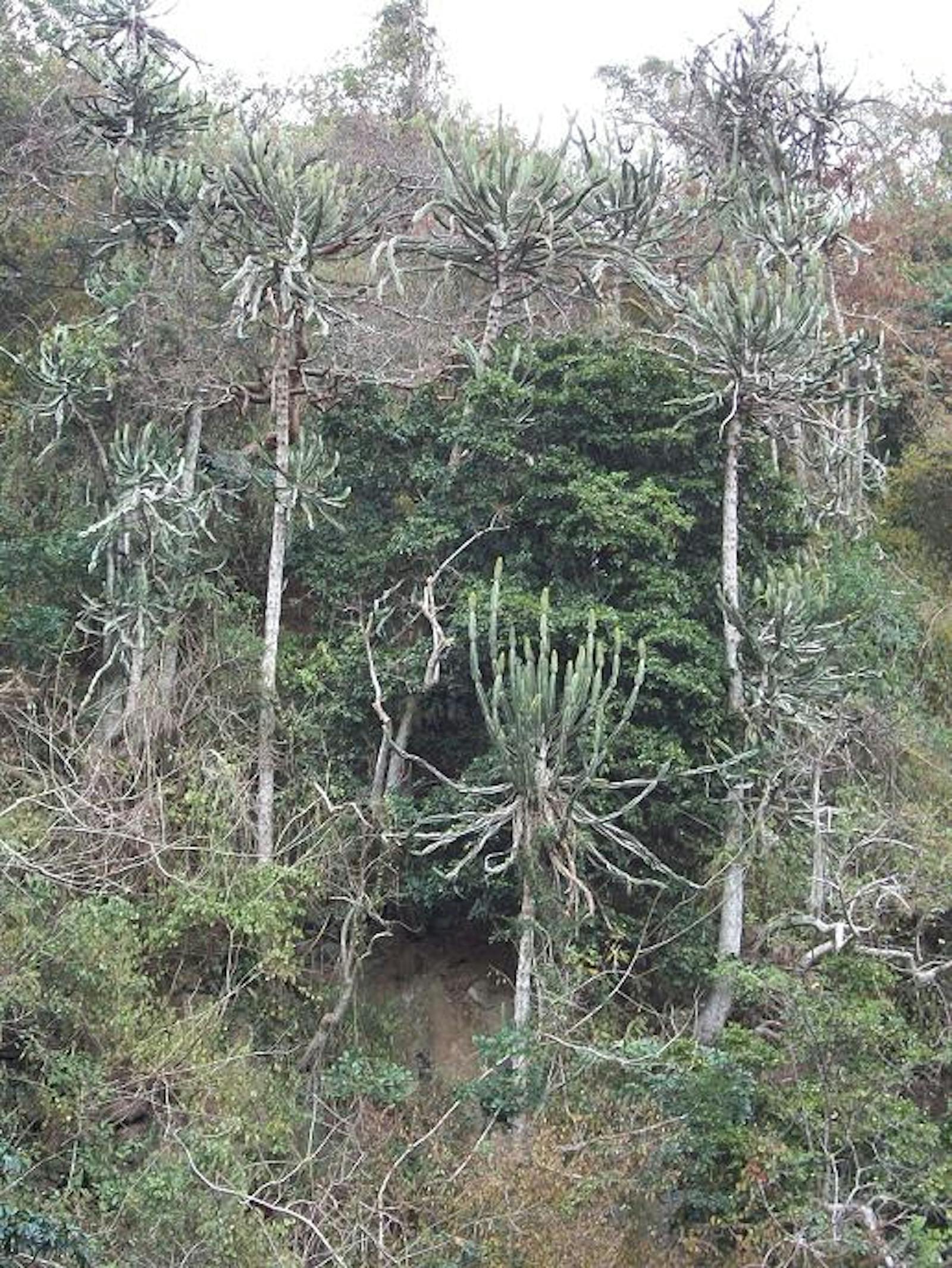Maputaland Coastal Forests and Woodlands
The ecoregion’s land area is provided in units of 1,000 hectares. The conservation target is the Global Safety Net (GSN1) area for the given ecoregion. The protection level indicates the percentage of the GSN goal that is currently protected on a scale of 0-10. N/A means data is not available at this time.
Bioregion: East African Coastal Forests (AT7)
Realm: Afrotropics
Ecoregion Size (1000 ha):
3,027
Ecoregion ID:
19
Conservation Target:
23%
Protection Level:
6
States: Mozambique, South Africa, Swaziland
The ecoregion consists of 200 m tall dunes, which are amongst the tallest vegetated dunes in the world, the largest estuarine system in Africa, Lake St. Lucia, and Lake Sibayi (60 km2), the largest freshwater lake in southern Africa,. The ecoregion supports exceptionally diverse flora and fauna including the African bush elephant as well as one of the few remaining large leopard populations in South Africa.

The flagship species of the Maputaland Coastal Forests and Woodlands ecoregion is the Retief cycad. Image credit: Creative Commons
The ecoregion extends from the Changane River in southern Mozambique to the Umfolosi River just north of Cape Saint Lucia in South Africa. The area consists largely of a flat to gently undulating, low-lying coastal plain with a maximum elevation of about 200 m. On the western margin, the narrow Lebombo Mountain Range rises to about 600 m in altitude. Most of the Maputaland coastal plain is covered with infertile, wind distributed sands, forming a series of north-south aligned dune ridges parallel to the current coastline.
In South Africa, the soils of western Maputaland are fertile, especially along the west bank of the Pongolo River. The climate is moist subtropical along the coast where rainfall is over 1,000 mm per annum, becoming dry subtropical inland with less than 600 mm rain per annum. Summers are hot and humid with the highest monthly precipitation between September and April. Winters are cool and dry. Mean annual temperature varies from 21°C to 23°C.

Pel's fishing owl. Image credit: Creative Commons
The vegetation of this ecoregion is complex and diverse. In forests on top of the Lebombo Range, canopy species such as Chrysophyllum viridifolium, Homalium dentatum, Combretum kraussi, and various Ficus, Celtis, and Strychnos spp. Are most common. In dry sand forests, Cleistanthus schlechteri and Newtonia hildebrandtii consistently dominate the canopy. Mimuspos caffra, Euclea natalensis, and Diospyros rotundifolia form short forest or thickets on the seaward side of the coastal dune forests.
The region is a transition zone at the southern end of the distribution of many tropical plant and animal species. Most of the endemic taxa appear to have evolved only recently. Evidence for this includes the large number of infraspecific endemics and the young age of most of the sandy coastal plain, perhaps less than one million years. The number of vascular plant species is at least 2,500 and may be as high as 3,000. Of these, at least 225 species or infraspecific taxa are endemic or near-endemic.

African broadbill. Image credit: Creative Commons
Faunal diversity and endemism are also high. More than 100 species of mammals are recorded, and although there are no strict or near-endemic mammal species, there may be several endemic subspecies. Elephants occur, as do the large predators such as leopard, lion, and cheetah (the last two being reintroduced). In the birds, the endemic Neergaard’s sunbird is restricted almost entirely to the dry semi-deciduous sand forest of Maputaland. Rudd’s apalis is also near-endemic, together with the pink-throated twinspot and the lemon-breasted seedeater.
The South Africa portion of the ecoregion offers more protection to the habitats in this ecoregion than the Mozambique portion, and includes the Greater St. Lucia Wetland Park covering 1,393 km2. The biological richness of the region and the potential for ecotourism have resulted in the establishment of a number of private nature and game reserves, the most important of which is the Phinda Game reserve adjacent to Mkuzi Game Reserve. Protected areas in Mozambique include the Maputo Special Reserve and Ilhas de Inhaca e dos Portugeses Faunal Reserve.
Although almost all large game has been exterminated in the Maputo Elephant Reserve (except for a sizeable elephant population), it still contains examples of a wide range of important ecosystems. The Lubombo transfrontier conservation area links the Tembe Elephant Park and Ndumo Game Reserve in South Africa with the Futi Corridor and Maputo Special Reserve in Mozambique.
-CC-Alan%20Manson-2008.jpg)
Eastern Nicator. Image credit: Alan Manson, Creative Commons
The biggest threat facing the natural vegetation is the spread of invasive exotic plants, including Chromolaena odorata and guava. Outside of reserves, major impacts on the environment have come from large-scale afforestation with exotic Pinus and Eucalyptus species. Clearing for slash and burn subsistence farming is widespread and increasing. Swamp forest is highly favoured for its fertile and moist soils, and has already been heavily impacted by commercial banana and local cash crop farming, even within the Coastal Forest Reserve. Several plant species are highly threatened by over-utilization, such as the Warburgia salutaris, a highly sought after medicinal plant, now almost extinct in the wild. Virtually all game animals outside of reserves have been eliminated by hunting, and poaching within reserves is common.
The priority conservation actions for the next decade will be to: 1) encourage alternative sustainable livelihood opportunities to deter local communities from poaching; 2) improve land use management practices in unprotected areas; and 3) remove invasive species and restore indigenous vegetation.
Citations
1. Ramesh, T., Kalle, R., Rosenlund, H. and Downs, C.T. 2017. Low leopard populations in protected areas of Maputaland: a consequence of poaching, habitat condition, abundance of prey, and a top predator. Ecology and Evolution. 7(6), pp.1964-1973.
2. CEPF. 2010. Ecosystem Profile: Maputaland-Pondoland-Albany biodiversity hotspot. [Online]. [Accessed 24 January 2018]. Available from: https://www.cepf.net/sites/default/files/final_mpah_ep_1.pdf
3. van Wyk, A. E. 1994b. Maputaland-Pondoland Region. Pages 227-235 in S.D. Davis, V.H. Heywood, and A.C. Hamilton, editors. Centres of Plant Diversity, a Guide and Strategy for their Conservation. Vol. 1. Information Press, Oxford.





